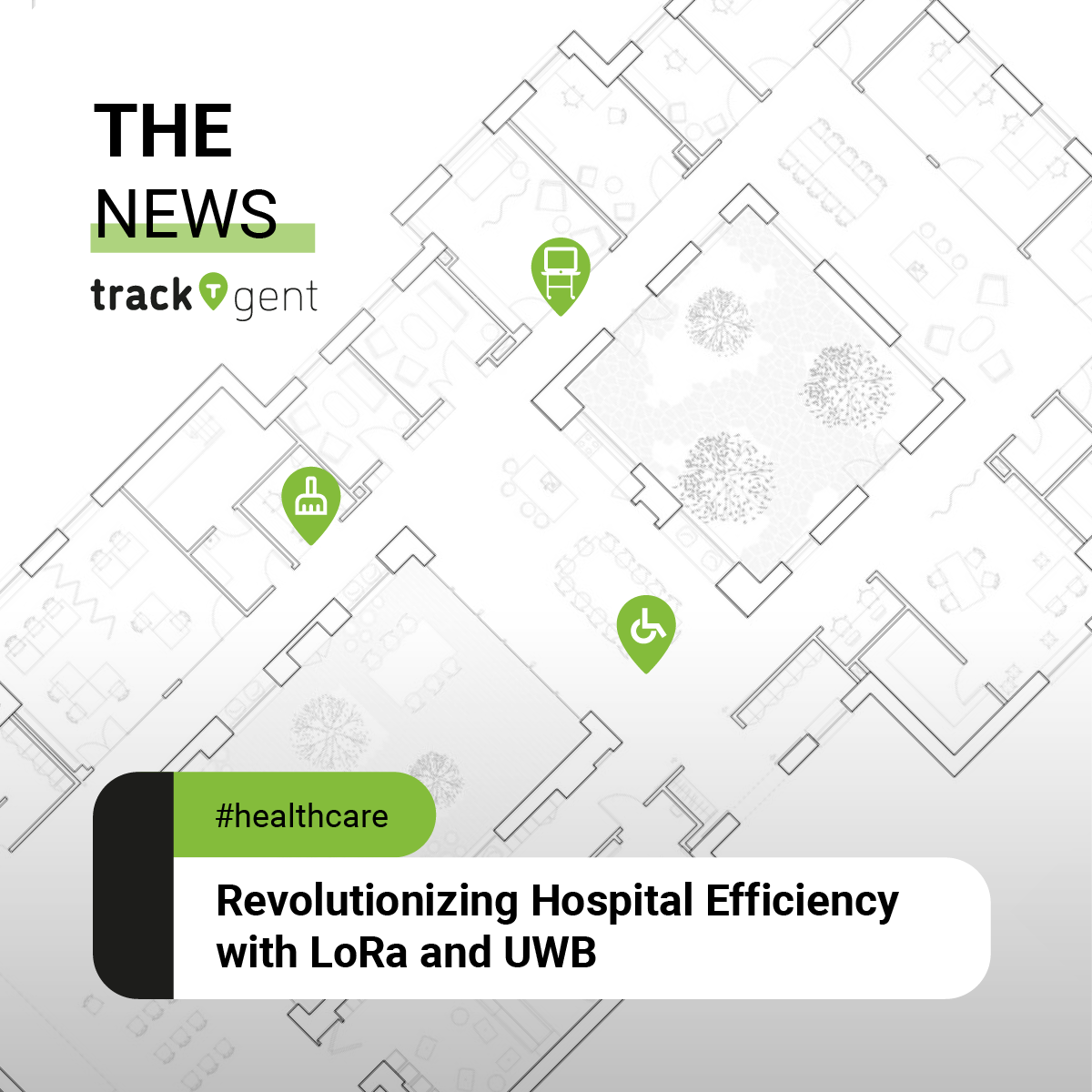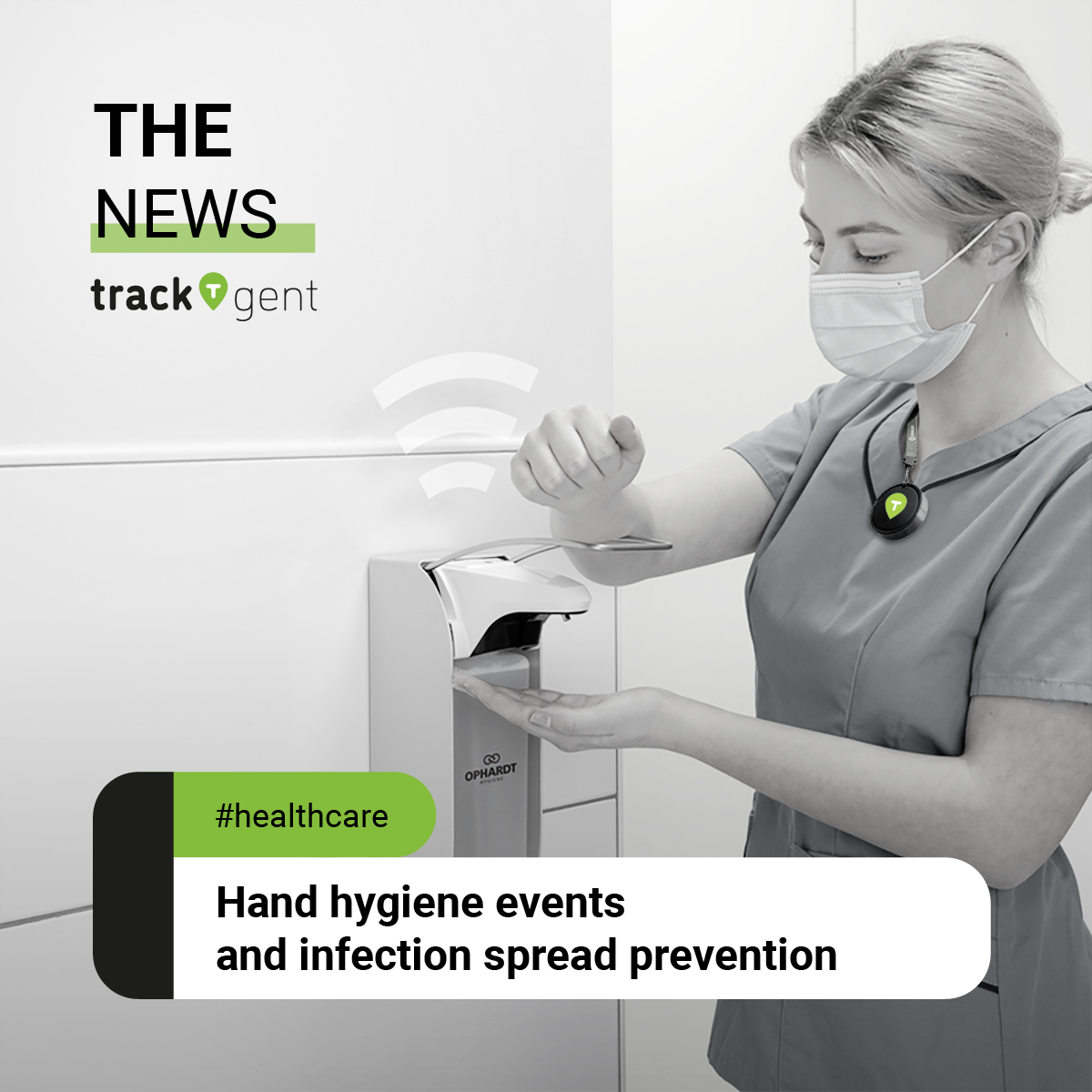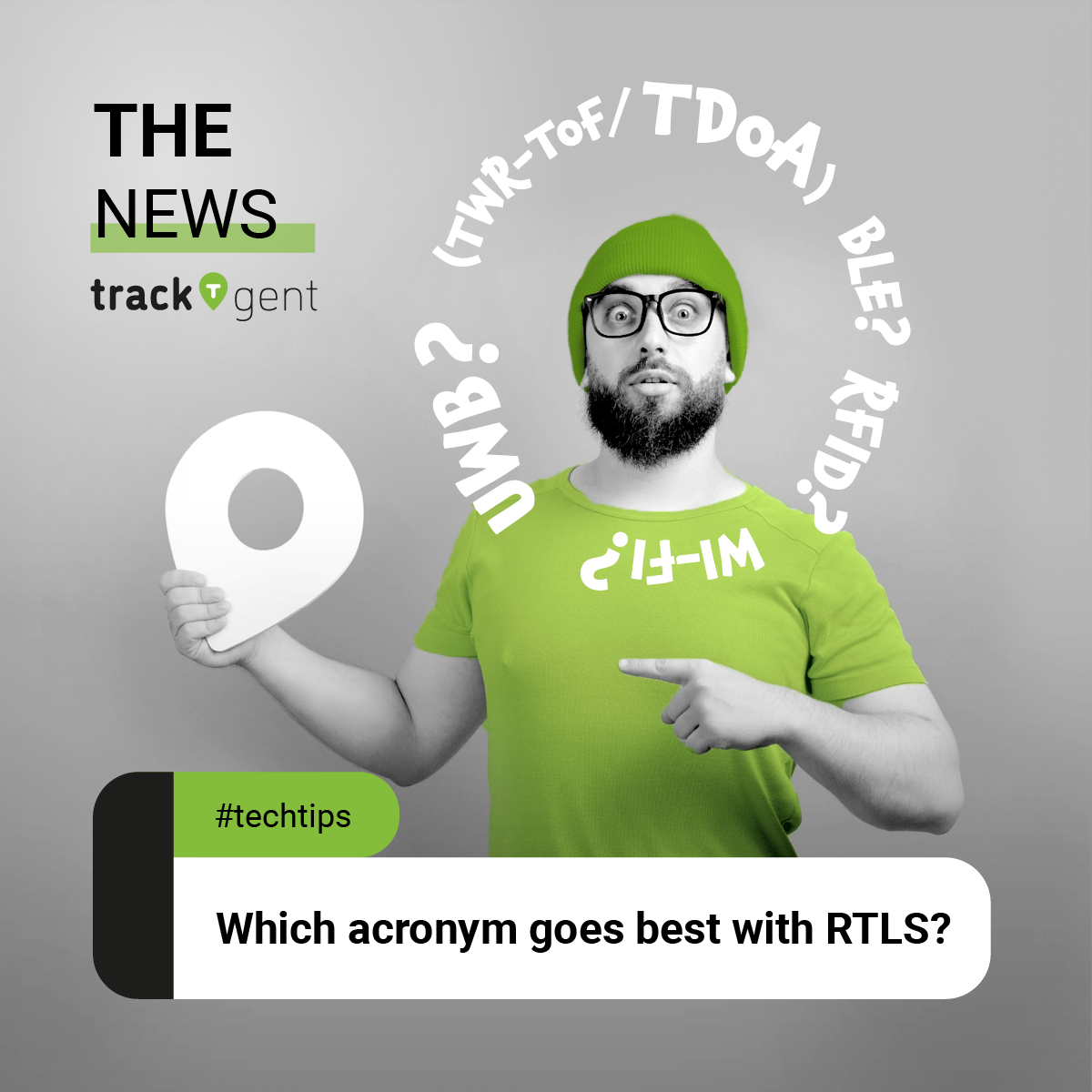In previous articles, we have covered a number of topics related to using RTLS (Real Time Location Systems) in healthcare and industry. However, the possibilities of implementation of such system do not end there. In this article, we are going to deep dive into one of the other potential large segments, and discuss how an RTLS system can help.
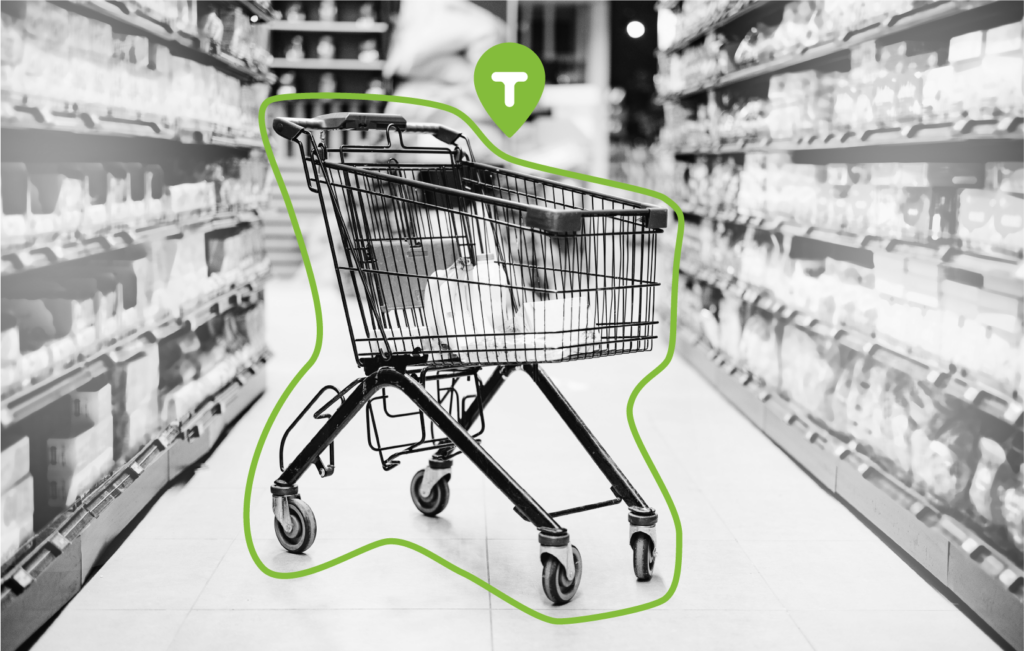
Research number 1: Supermarket customers ‘waste 60% of their time in store’, says study *1
Research number 2: the average person spends 50 – 130 hours a year in the supermarket *2 *3
Theory: How to save from 30 up to 80 hours per year by limiting wandering around the supermarkets?
The answer, in our case of course, is simple – by introducing an RTLS system.
The aforementioned study from the first research says, that for every 20 minutes we spend in store, 12 of these are wasted pottering around aimlessly. Everybody visits supermarkets once in a while and very often it is not a smooth visit. Cruising from one aisle to another, unable to find a product we’re looking for, finding a staff member to ask for directions – this all adds up to the exhaustion some of us feel when finally circling back to the parking lot. Shopping can be stressful – and most shops are constantly improving to reduce the negative connotations associated with the activity.
Supermarkets rarely take a proactive approach to solving issues – most of the improvements are based on complaints received from the customers. The lines to registers are too long? Let’s introduce self-checkouts. Confused about the product price? Check it on a barcode scanner. Scanning doesn’t work? RFID tags with prices. But the one problem that still stands is the wandering.
People complain about it, but not to the supermarket, rather blaming it on their own forgetfulness or distractions. Some shops are beginning to see the issue and along with the aforementioned solutions started introducing smart shopping carts. But what if it can be done better?
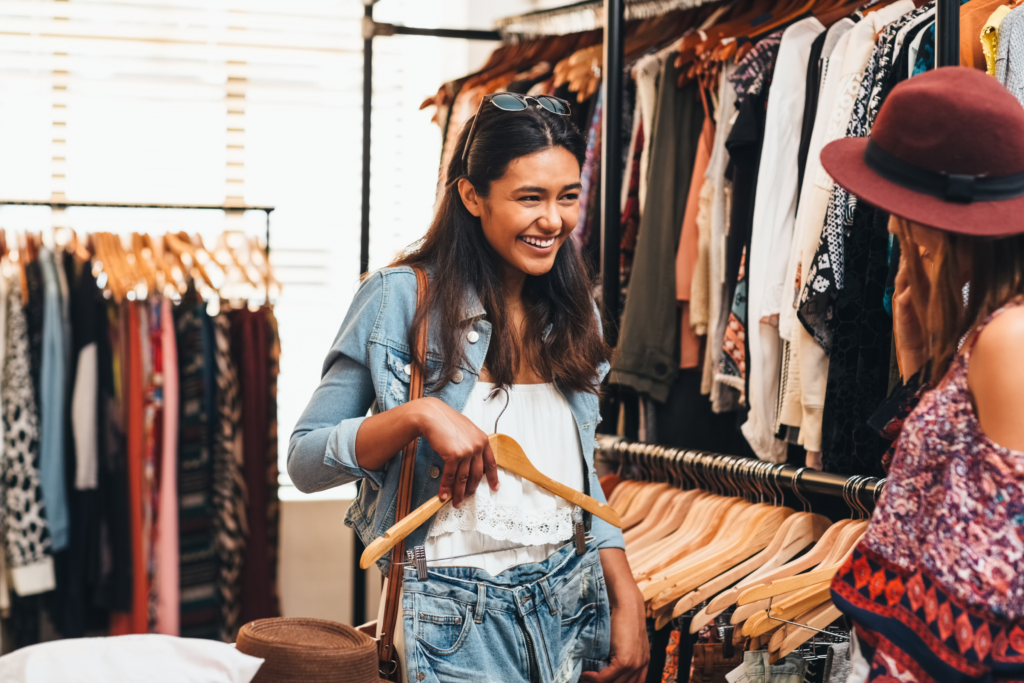
What if each shopping cart was equipped with an RTLS tag, tracking its location throughout the shoppers’ visit. First of all, you get a precise time of the visit, from when the cart was picked up to when it was left, as well as where it was left (much easier to track scattered carts by the end of the shift).
Second, you know exactly where each customer went. Now, it’s not about invading privacy, but rather to gain insight into most visited aisles, aisles with too much traffic, places where people spend too much time (abundance of product or trouble finding the appropriate one?). This data can be used to analyze typical shoppers’ routes and optimize the experience (e.g., checking how the promotions affect different aisles, widening the ones with the most traffic, distancing the popular products from each other to avoid crowds, etc.).
Third, you can actually help the customer! With smart shopping carts, equipped with a tablet, the user would be able to search for the wanted product and get the fastest route to it. But the shops want you to wander and spend money on unnecessary things, right? What if, as you go towards a desired product, you’ll be passing different aisles. By knowing the position of the cart, the shopper can see the actual promotions on the products they are passing by – maybe this will get their attention?
As you can see, the solution is not to benefit the shop owners only, but rather to streamline the client’s experience. With data analysis of hundreds of shopping carts, used by thousands of people each day, optimizing the shops layout and improving the user experience, the revenue of the market can start growing on a daily basis.
Want to discuss more? Get in touch with us!
